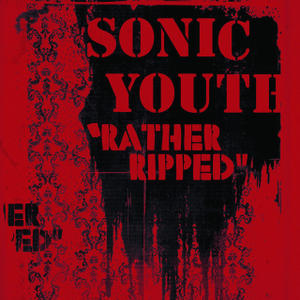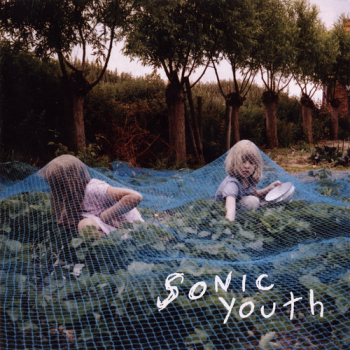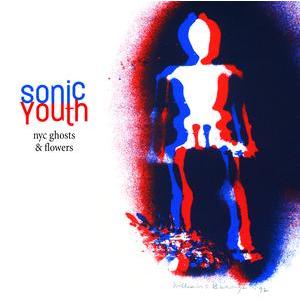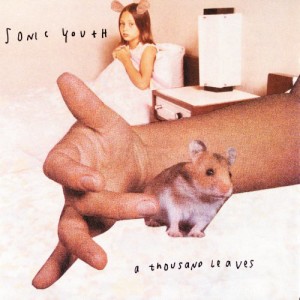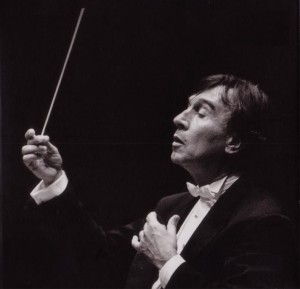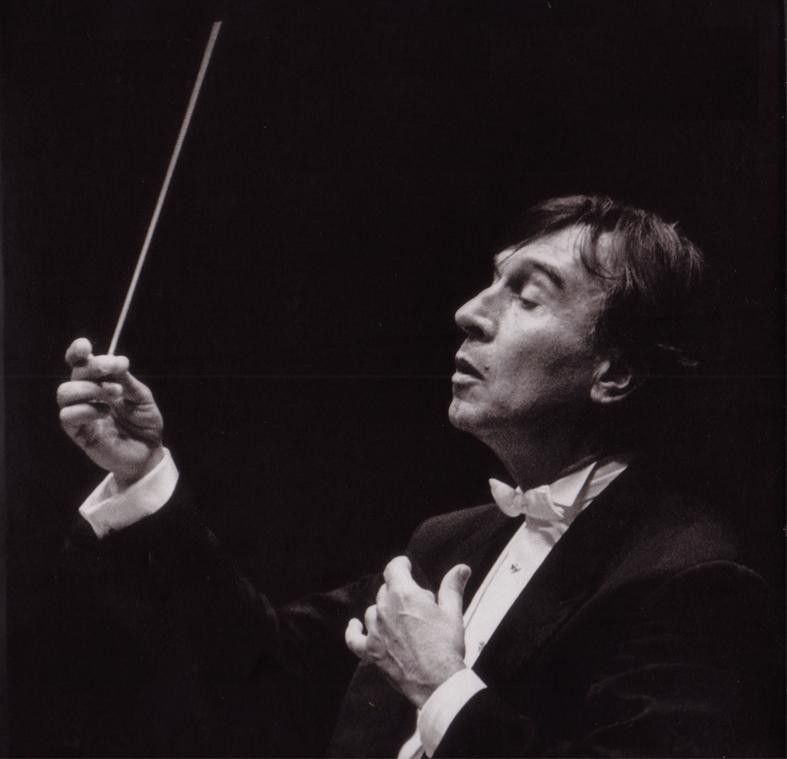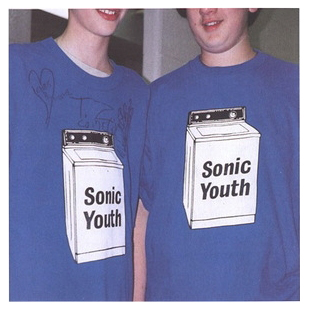The release of “Rather Ripped” really came as a surprise to me, and it was such perfect timing. I was finishing up my undergrad, and I remember that the weather was getting warmer when I was introduced to it, or when I learned that the album existed and everything was just perfect. When I think about it, and when I hear the first few notes of “Reena” all of that comes rushing back. And as I sit here in Oregon, where it hasn’t stopped raining for at least the past several days and the sun hasn’t been out for more than 5 minutes at a time since September, I am still able to feel like I did when I first started listening to the album.
This is definitely a poppier album than maybe any other that they have ever released. The closest thing you get to experimental on here is maybe “Do You Believe in Rapture?” with its endlessly ringing harmonics that create all sorts of complex clusters of pitches behind Thurston’s breathy vocals. But for the most part the album just sounds like the band is happier, like they are energized, and very happy to be doing what they were doing. Maybe I’m projecting, or maybe they were projecting onto me.
More importantly to me, is that this is the album that Sonic Youth was touring on when I saw them live for the first time. After being a fan since about 1993 I finally had an opportunity to see them in Toronto on August 8, 2006. Got to spend the day wandering around Toronto with a fellow die-hard SY fan (and all around awesome person who was also seeing SY for the first time that night), which in and of itself is pretty awesome, but then when they came to the stage things got all sorts of awesome.
I’m trying to remember as much as I can from that night, but I think that it would be best summed up by saying that they opened their set with “Teen Age Riot.” They tore through stuff from almost every era all the way back to Confusion is Sex, playing “World Looks Red” toward the end of their set (for the first time since 1995). The venue was kind of weird and echo-y, but I don’t think I remember really caring at all.
All of those things come to mind when I listen to the album now, and I still think of it as their “latest,” blurring out all the releases that surround it, making “The Eternal” feel more like a coda than a follow-up release.
As for some of the songs specifically, I am wondering right now what the impetus behind “Sleeping Around” was. Like I mentioned in the last post, I wonder how far back one could go to hear lyrics that would point us to Thurston and Kim’s inevitable break-up. However, it is interesting that “Sleeping Around” is followed by “What a Waste.”
Anyway, none of that is really of any importance at all.
The song that I really connected to was “Pink Steam.” I can’t think of any other song in the Sonic Youth catalog that focuses so much on an intro. I could go back and listen to the opening few minutes over and over again, and I’m sure that I have at least a few times. Sometimes they are really surprising in their structures like that. On an album full of verse-chorus-verse songs they go and stick an extended instrumental track that ends up having some lyrics at the end after all.
Overall the standout tracks belong to Kim, this is really kind of her album. Besides “Reena,” setting the tone for the entire album, there is “What a Waste,” “Jams Run Free,” and “The Neutral,” and all of them have the typical Kim breeziness to them, and she moves away from her usual breathy rasp an really sings passionately on every track. It doesn’t sound as forced as her voice could sometime come off previously.
If I had hopes of Sonic Youth going on forever, they got stronger after I became obsessed with this album. Listening to it right now is making me feel all sorts of nostalgic and obsessive again. I prefer not to remember that in six years it would be over.

